The Scouting Module: A Tool for Improved Crop Management
August 28, 2024The Scouting module is a practical solution for monitoring crops, detecting issues early, and making informed decisions based on real-time data collected on-site.
Read article
Our 3,700-hectare organically certified farm is the nurturing ground for our unique, sustainable, and organic approach to agriculture, producing 8,700 tons of organic crops this year.
Currently, our crops occupy the following proportions of cultivated area:
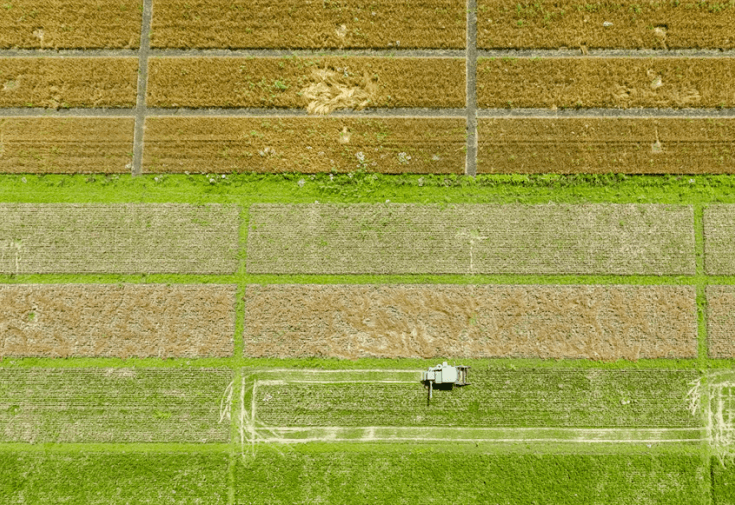
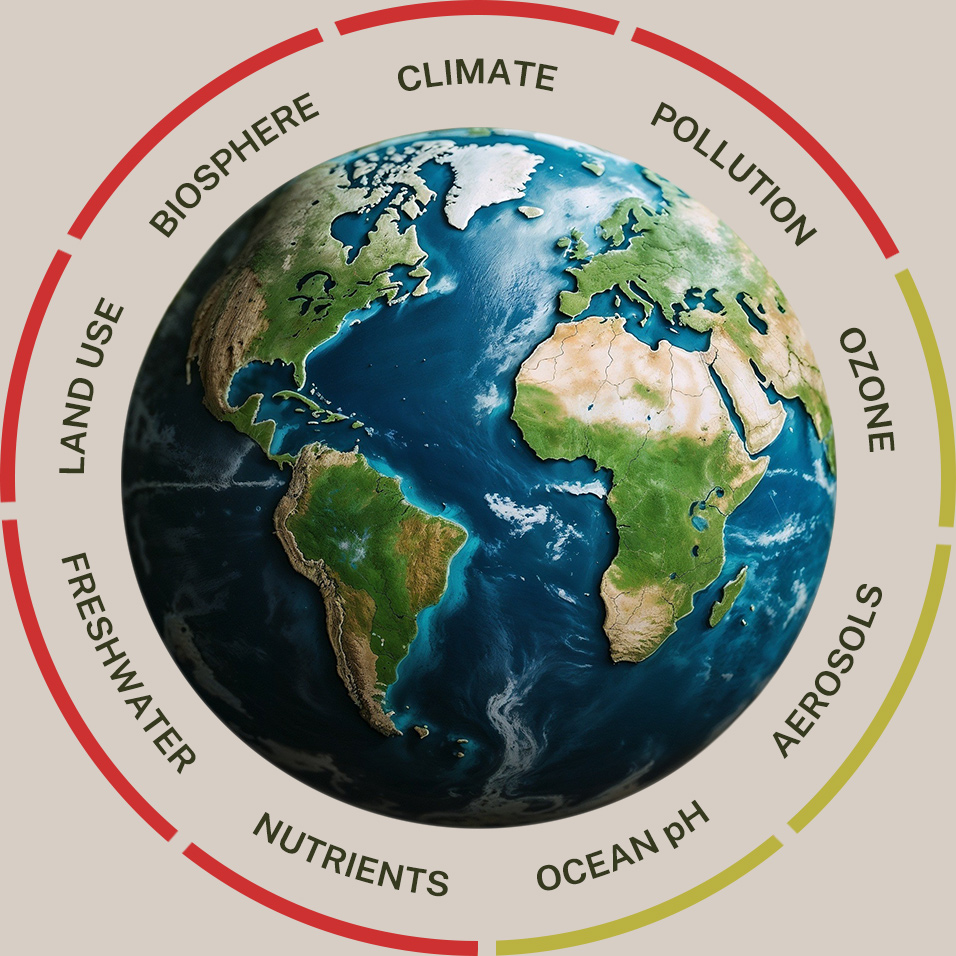
Conventional agriculture is the major cause of crossing planetary boundaries. Our sustainable approach shows that efficient food production can go hand in hand with environmental stewardship.
Central to our model is sustainable, multi-year crop rotation, enriching soil, reducing weeds, pests, and diseases, and increasing overall farm productivity.
Without livestock manure as a nutrient source, we turn to legume-based rotations to naturally provide nitrogen through their symbiotic relationship with nitrogen-fixing bacteria.
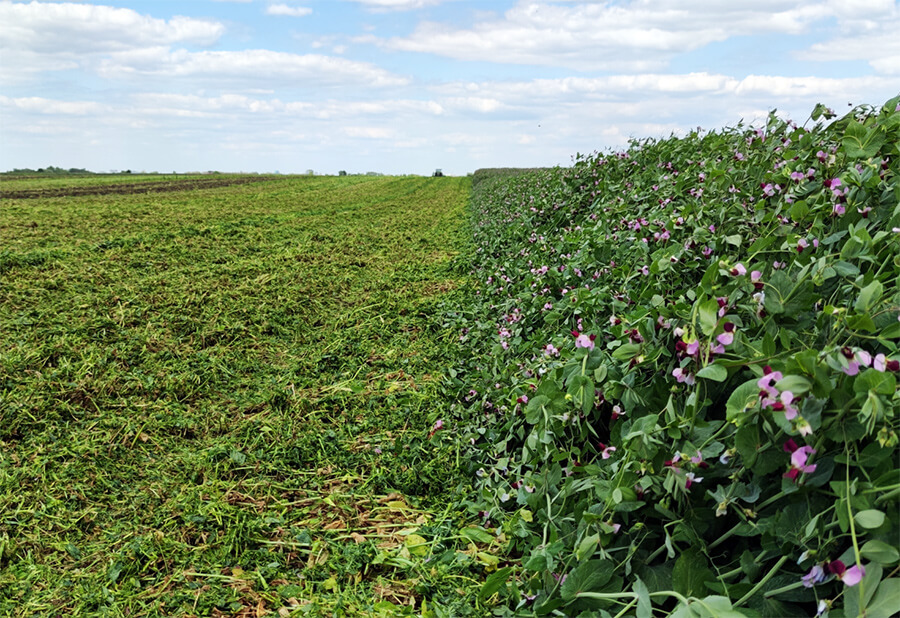
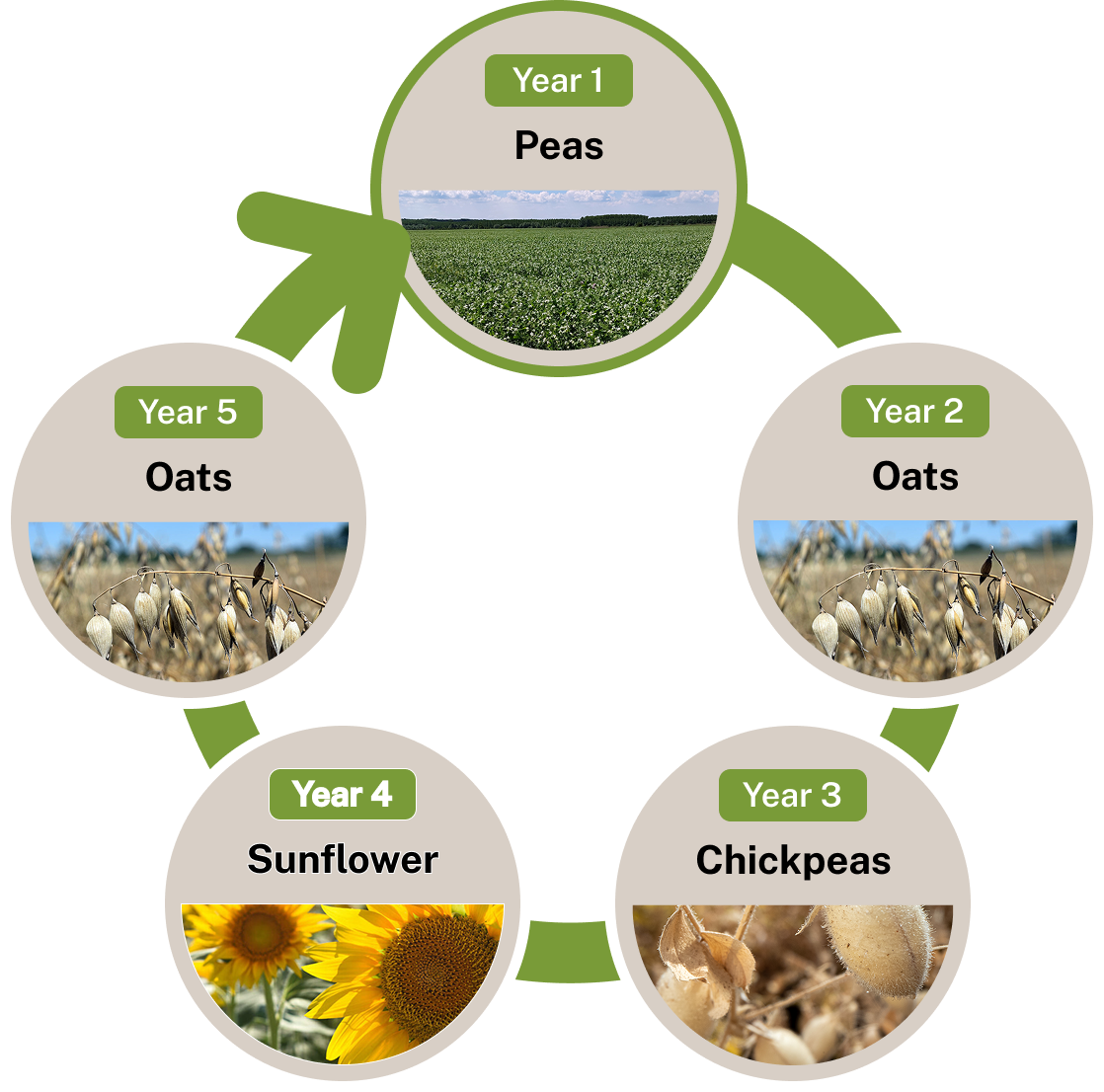
This example of our 5-year crop rotation is key to our transition to 100% gluten-free production by 2026.
Of 3,700 hectares of organically certified fields, 490 hectares are dedicated to biodiversity with native trees, permanent meadows, forests, and buffer zones that we plant to enhance biodiversity, mitigate erosion, and protect our organic farming areas from potential contamination caused by nearby conventional agricultural practices.
By planting these zones, we create habitats that attract birds, which naturally help control rodents, and pollinators essential for successful farming.
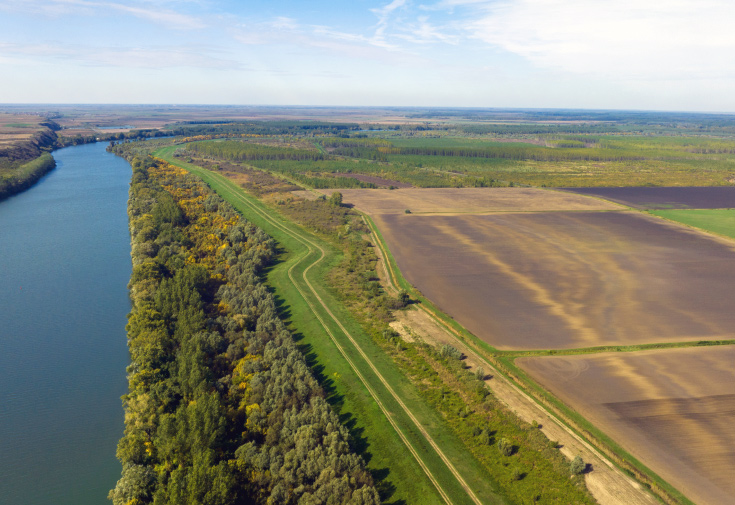
Our sustainable farming approach employs the latest agricultural technology, utilizing data-driven precision farming with advanced technologies.
 Drone imagery
Drone imagery
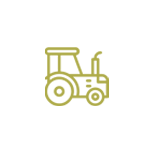 Tractor telemetry
Tractor telemetry
 Weather stations
Weather stations
These allow us to monitor our crops and manage resources efficiently. We also leverage the power of big data to advance the development of our own Farming Software, using the farm as a testing platform.
This software supports all our agricultural operations – from planning and executing field activities to processing and storage.


By collecting data at every stage, our Farming Software provides traceability for every crop we produce — from seed to storage. By incorporating LoginEKO oats into our consumer product, Njamito, we demonstrate complete traceability – from seed to fridge.

We develop sustainable farming methods through ongoing field trials, with 11 trials currently in progress.
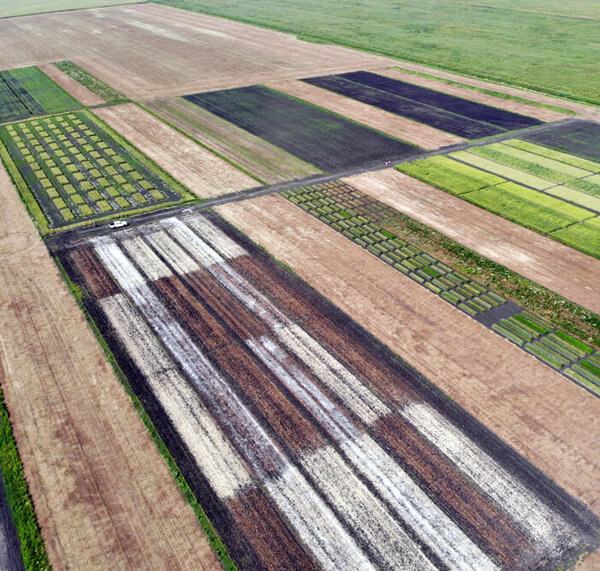
Testing various 6-year crop rotations, and evaluating nitrogen contribution from peas, used as green manure.
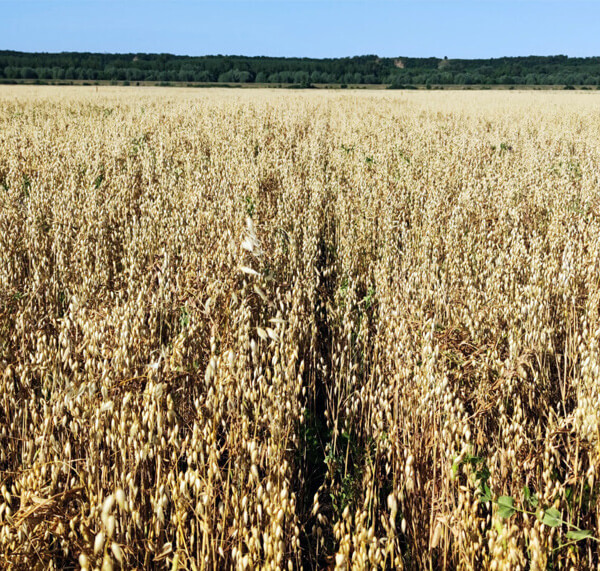
Exploring strip-cropping of staple crops (pea-oats-flax-sunflower), intercropping oats and peas, and new crop combinations.
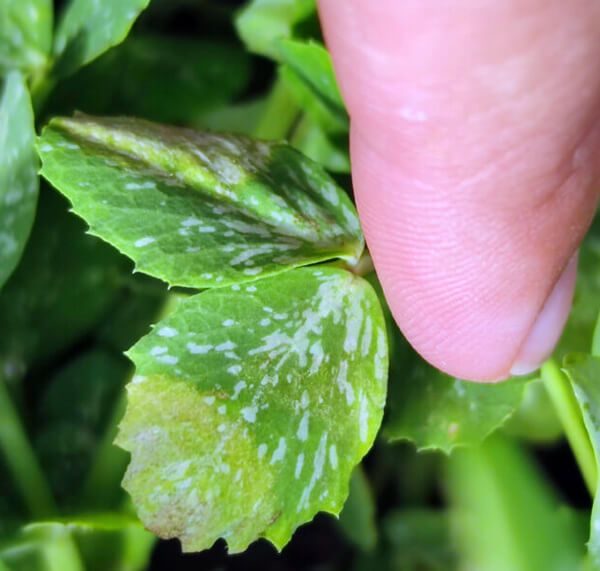
Assessing the effectiveness of biopesticides and their impact on plant health yield and seed quality.
Our goal is to make sustainable farming accessible to all and help drive the transition towards a greener, more resilient food system.
Once our farming solutions are proven effective, we’ll make them freely available.
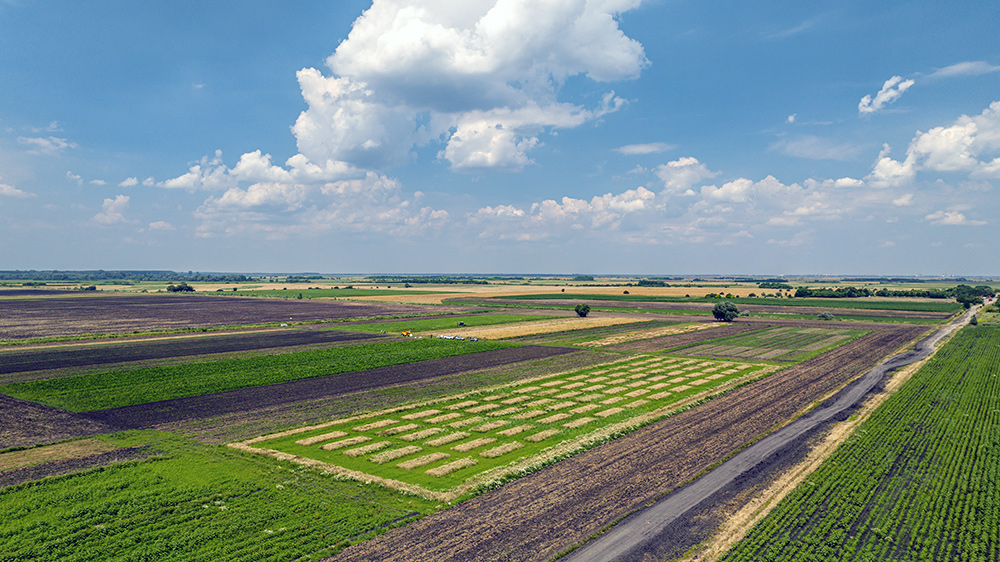
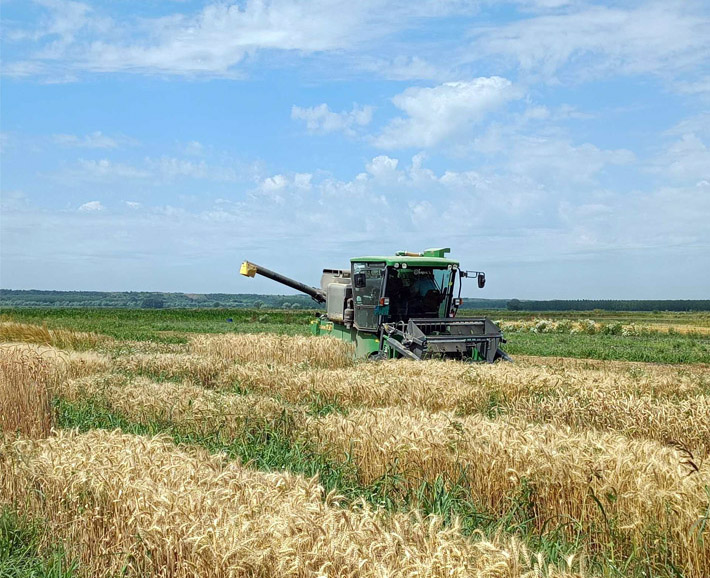

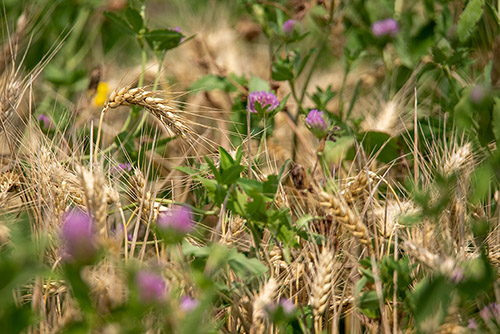
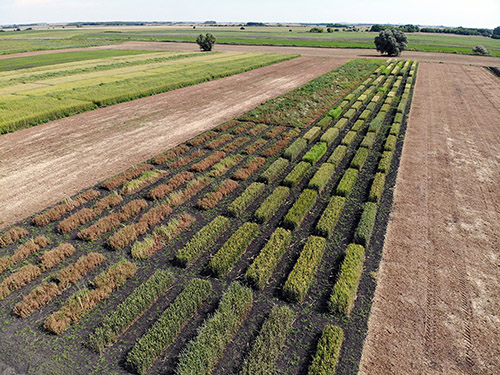
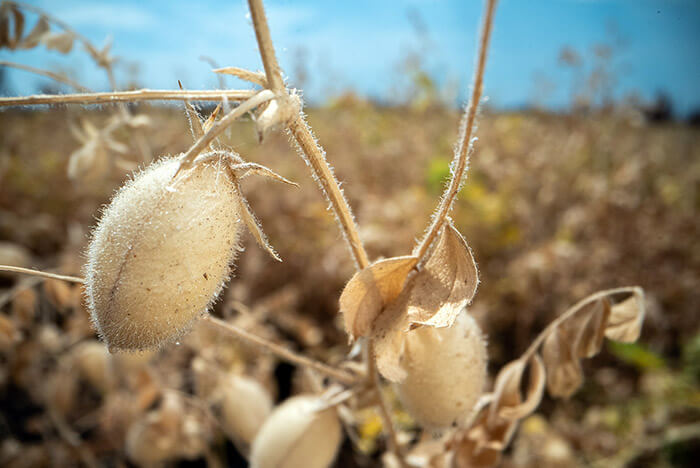
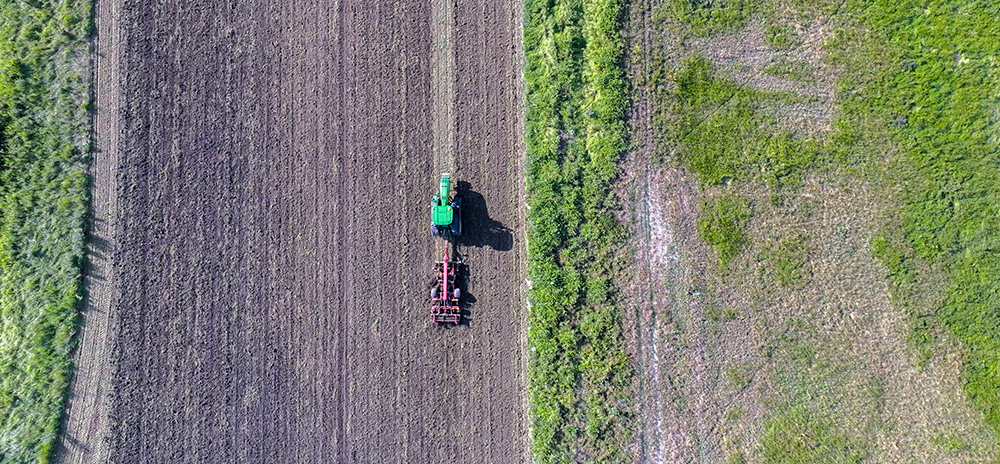
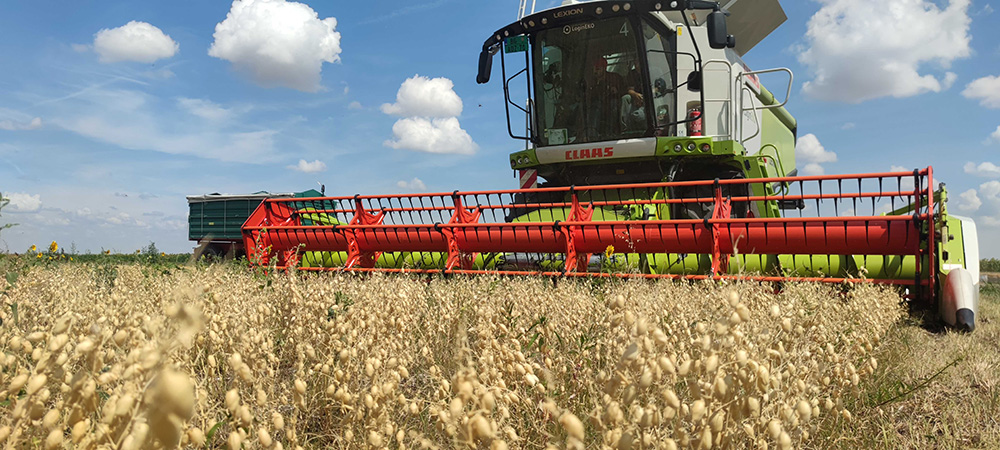
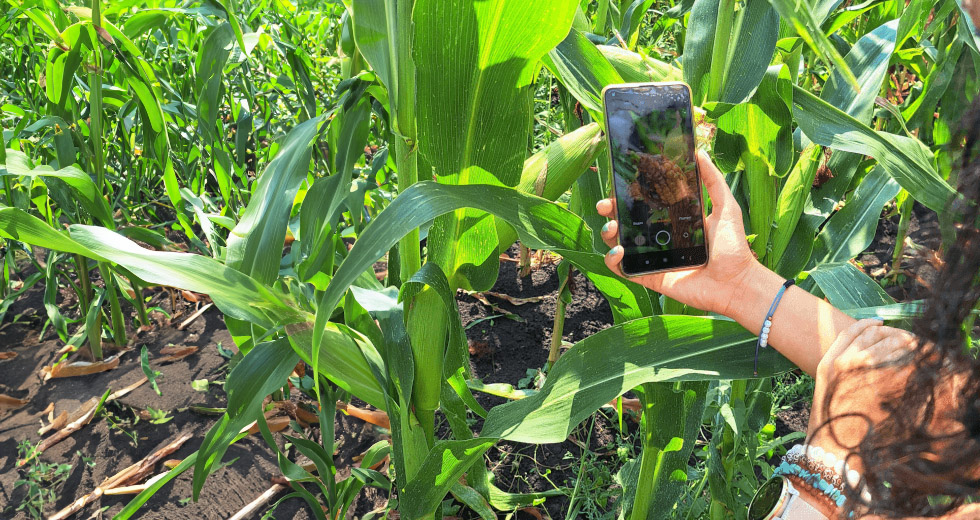
The Scouting module is a practical solution for monitoring crops, detecting issues early, and making informed decisions based on real-time data collected on-site.
Read article
LoginEKO Farming Software redefines harvest efficiency, optimizing operations from planning to storage. Soon to be shared globally.
Read article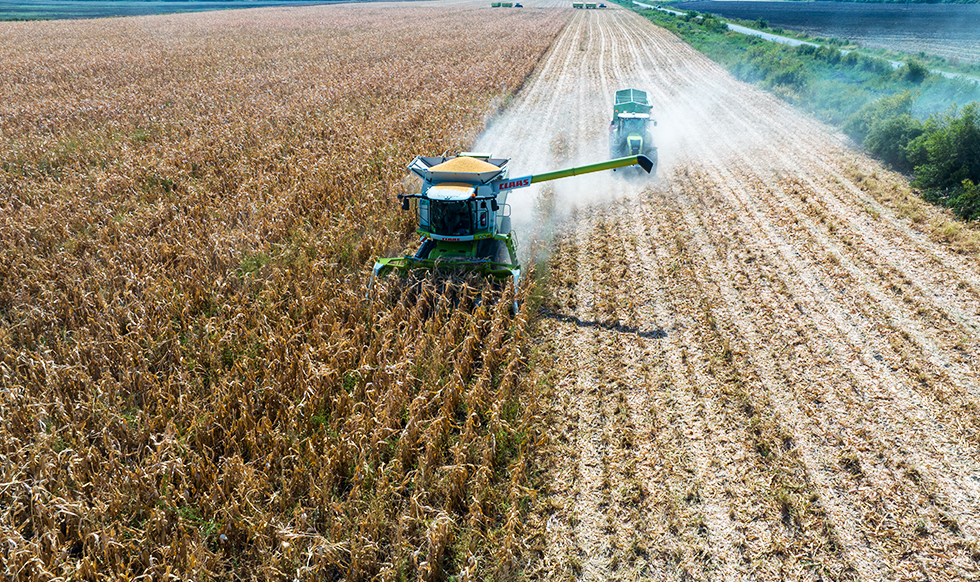
LoginEKO’s fields tell a tale of organic farming using our own smart software.
Read article